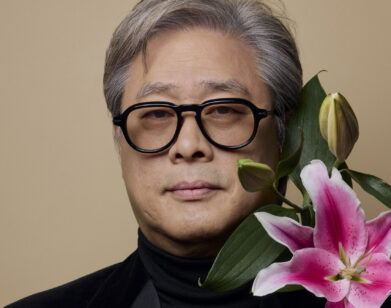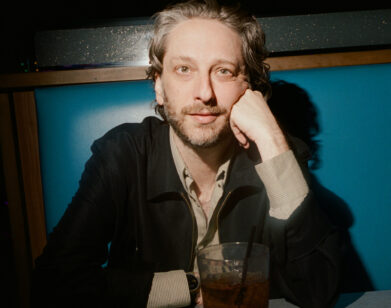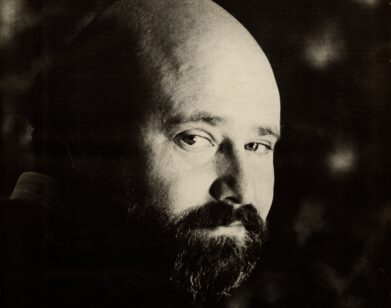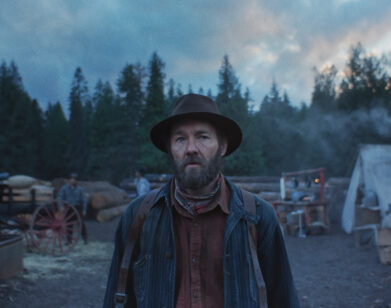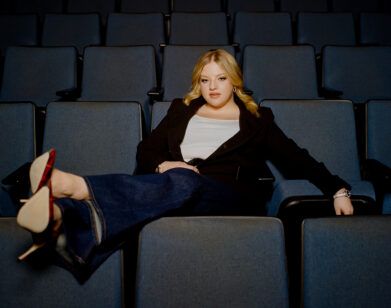Damien Chazelle’s Old-Time Melodies
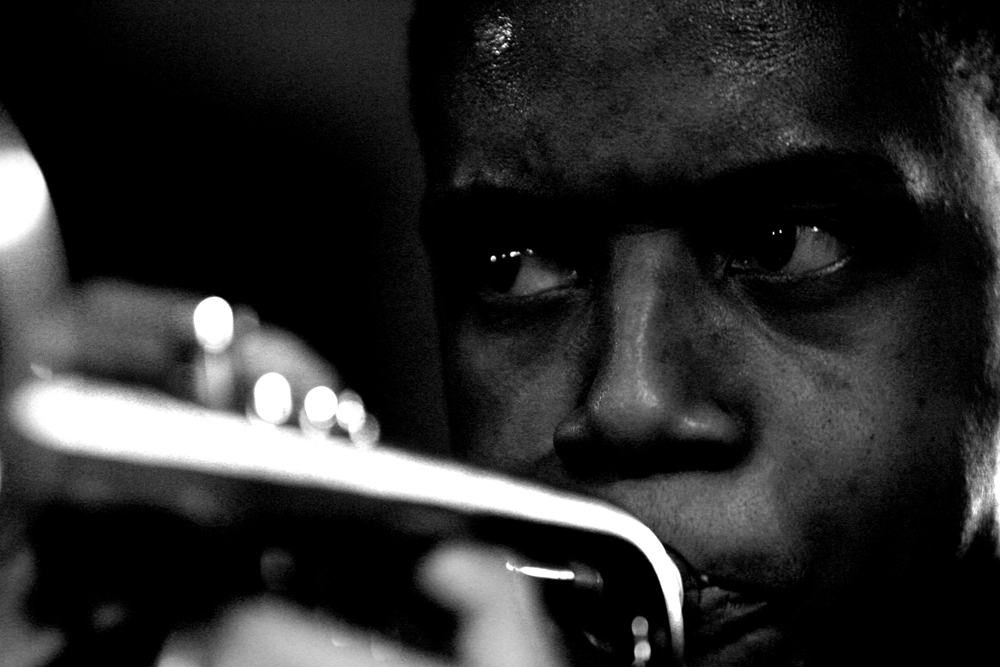
DAMIEN CHAZELLE
Although Damien Chazelle went to tap dance jams and classes to find the choreographer and dancers for his film Guy and Madeline on a Park Bench, he didn’t try to learn. “That would have been a disaster,” he says. “I’ve always, especially through old Hollywood musicals, loved just to watch tap dancing, I adore it. I think it’s fantastic. But I think part of what I love about it is that I know I can never do it.” Chazelle’s critically-praised indie movie musical, which he wrote and directed, follows the relationship between a trumpeter named Guy and a woman named Madeline, through music composed by Chazelle’s college friend Justin Hurwitz. We talked to Chazelle, barely three years out of Harvard, about his late-born love of musicals, his high school jazz drumming career, and his Cassavetes-informed style.
ESTHER ZUCKERMAN: Can you tell me about the process of turning this from your senior thesis into a full-length film?
DAMIEN CHAZELLE: It started as a short for my senior thesis, but then it kind of morphed from there. Pretty quickly, I knew I wanted to do a full feature with whatever means I could scrape together. I wound up taking a little time off from school to give myself more time for it, and shooting it off and on as money came in over the course of a couple of years.
ZUCKERMAN: Where did the idea for this movie come from? Was it the inclination to do a musical?
CHAZELLE: It was mainly doing a musical. I fell in love with musicals when I was 19 or 20, after steering away from them for most of my other movie-watching years. It was like I was compensating for a childhood without them. I immediately loved not just the movies, but also the idea of what they represent: the sense that you can really experiment within the confines of the story or narrative film. I didn’t have a lot of means to do a musical, and I was used to making films a certain kind of way. So all that sort of came together, sort of conspired to make what it is: it’s a very low-budget, sort of improvisatory musical.
ZUCKERMAN: Your college friend Justin Hurwitz composed the music for the film. What role did you want the music to play?
CHAZELLE: I think we both really wanted the music to be a character in its own right, and the key storytelling device in the movie—the thing that was really going to tie it together, convey emotion, and say what the characters couldn’t say. The movie is really about shy, inarticulate people.
FILM STILL COURTESY OF DAMIEN CHAZELLE
ZUCKERMAN: Critics are comparing the style of this film to the style of New Wave and John Cassavetes films. How intentional are these cinematic references?
CHAZELLE: There are certainly very conscious references in the movie to Éric Rohmer or Jacques Demy, for example. As soon as you film on 16mm with a sort of improvisational manner, that kind of imagery is specific enough that you immediately think of Faces or Shadows, some of the Cassavetes movies. For me at the time it was, ironically, how I learned how to make movies—doing documentaries with these old 16mm cameras on my shoulder. It all felt sort of familiar to me in a nice way. These big musical numbers were sort of overwhelming to me, and I was never entirely sure how to pull them off, but for the rest of the movie it felt very much like movies I’d been making. It wasn’t quite a documentary, but it had those elements. Then when it got down to the musical numbers, I spent a lot of time studying how Stanley Donen would map out a sequence, or Vincente Minnelli, or Mark Sandrich, or any of these people, would decide how to shoot something.
ZUCKERMAN: What about musical inspiration? Were there any specific jazz musicians you took inspiration from, or Jason Palmer’s own style?
CHAZELLE: Whenever you hear Jason in the movie soloing, that’s his own improvisation, often over whatever chord structures Justin gave him. The final solo Jason gives at the end of the movie is entirely him. It was important to me that he not just be force-fed every bit of music that he was going to play, that that come out of him in an organic way. But really, most of the models for the score itself, just between Justin and me, were French models. French 1950s and 1960s music: Michel Legrand, Georges Delerue. Also, some of the singer-songwriters from that era, Jacques Brel. French orchestral movie-score music of the time has both a sweeping, lush feel and a lightness of touch. That was very attractive to both of us. You don’t really hear music a lot like that anymore, that’s kind of playful with its orchestration, but also unafraid of just unabashed romanticism. It’s just kind of a bygone music-making. We wanted to pay homage to that.
ZUCKERMAN: Where did the names Guy and Madeline come from?
CHAZELLE: They are actually both nods to The Umbrellas of Cherbourg, which is another favorite musical of mine. The lead male character in that is called Guy and the girl who he winds up with, but who in a way you don’t really want him to end up with, is Madeleine. So that’s how those names got stuck in my head, is watching that movie over and over again. But I just liked that the names felt kind of old-fashioned, anachronistic.
GUY AND MADELINE ON A PARK BENCH IS OUT NOW IN NEW YORK; ITS RELEASE WILL EXPAND THROUGH DECEMBER AND JANUARY. FOR TICKET INFORMATION, VISIT GUYANDMADELINE.COM.

